Living roofs - introduction
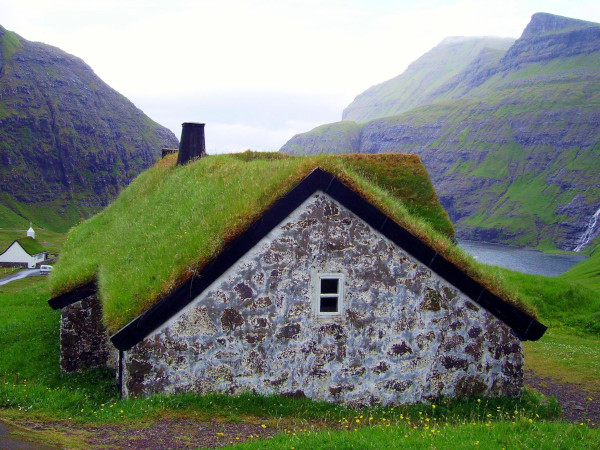
“Vegetated roof systems prevent water pollution, provide habitat, cool and purify the surrounding air, extend roof life, and improve energy efficiency.” – Beth Hanson
What are living roofs?
Living roofs are roofs with some sort of soil and vegetation on them. In Europe, there’s a centuries-old tradition of turf roofs on the Atlantic coasts of Ireland and Scandinavia, for practical reasons – to keep the roof on in places where Atlantic gales would have blown off tiles or slates. Waterproofing was provided by a birch bark layer, overlain with turf.

The modern green roof movement also started for practical rather than ‘eco’ reasons. In the early 20th century, German roofs were waterproofed with wet bitumen, which is highly flammable. So a 6 cm layer of sand was added on top for fire protection. Of course this layer of sand was colonised by plants – usually sedum, which normally grows on rocks, and so didn’t mind the poor nutrition provided by sand.

After WWII, ecologists started to look at the value of these roofs for nature, especially in urban areas. Interest grew with the birth of the German green movement in the 60s and 70s, and in 1985, regulations were introduced that encouraged green roofs – i.e. people who incorporated living roofs onto their buildings would get some sort of financial reward. Again, this was largely for practical reasons. For example, in Stuttgart, floods were common, and green roofs slowed down the runoff of rainwater. Now the construction codes for many cities in German-speaking countries include requirements for roofs over a certain size to be green, as well as providing grants for smaller roofs.

In the UK, interest in living roofs was stimulated by architects specifying them in their designs. In 2004, living roofs began to be officially encouraged in London. Up until then, about 70,000 m² of green roofs were known to have been installed in the city. From 2004-2008 over 165,000 m² were installed, and now there are over 1.5 million m² of living roof in London. Sheffield and several other cities now have policies to encourage green roofs. On one building alone – the Rolls Royce factory near Chichester – there’s green roof covering 40,000 m².
The two main types of living roof are:
- extensive – usually smaller roofs, with low-growing herbs and a substrate of 50-150 mm
- intensive – usually larger roofs, roof gardens, mini-parks and possibly veg growing, with a substrate of 150 mm – 2 m
What are the benefits of living roofs?
Water retention: a living roof can hold 60% of the precipitation that falls on it, which is then used by plants or evaporates. This slows the speed of runoff, and helps prevent flash floods.
Thermal benefit: there’s a cooling benefit for buildings in summer (increasingly important with climate change), which reduces the need for air conditioning and associated energy inputs. There’s some insulation benefit, but it’s difficult to quantify; when wet, the benefit is low, but when dry, it can be significant.

Urban heat island effect: cities are hot, and climate change will accentuate this. Living roofs help to cool cities, via evaporation of the rainwater they collect. The Tyndall Centre for Climate Change Research has produced a report recommending an increase in the area of green spaces in cities of 10%, to mitigate the effects of climate change. Of course there’s not enough land in our cities to accommodate this – which is where roofs come in.
Climate: plants take in CO2 – the main greenhouse gas.

Biodiversity: there are many rare invertebrates that like dry meadows – a habitat that’s being lost rapidly. Roofs can replace this habitat, and provide a home for those invertebrates, and the birds that eat them.
Acoustics: living roofs provide good sound-proofing.
Air quality: plants can absorb heavy metals and other pollutants.

Aesthetics: they look good, and replace the green space that’s taken up by the building itself.
Horticulture: roofs can provide much-needed space in cities to grow herbs and vegetables.
Plus: they’re very visible, and can create conversation around environmental issues.

What can I do?
Ideally, if you want a green roof, the pitch will be 12° or less, although up to and even over 35° is still possible, but it becomes more expensive the steeper the pitch.
There are two things you definitely don’t want with a green roof (or any roof for that matter) – you don’t want the roof to be so heavy that it collapses, and you don’t want it to leak. So you need to talk to a structural engineer to understand what load you can have on your roof. There are two components – dead load (the constant load), and the imposed load (the extra weight of things like snow, or people who might stand on it). These two figures dictate how deep the soil can be, and what kind of plants you can use.
You need to know that your roof is waterproof and root protected – i.e. plant roots won’t be able to breach your waterproof layer. The addition of a green roof will usually include a waterproof layer and a root protection layer.
There also needs to be a permeable layer to allow your roof to drain, but without taking all the finer particles of soil with it.

If you have a living roof installed professionally, the whole system, including waterproofing, root protection, drainage, soil and plants will cost around £100-120 per m² (or around £40 less if your roof is already completely waterproofed).
But it’s something you can do yourself relatively easily if you’re handy. It’s not something that can be explained adequately without practical experience, but you could attend a course, or have a look at some books (see resources) – many of which will include costs and sources of materials.

Planning: check with your local planning authority, but an important thing to keep in mind is that some authorities, on hearing that you intend to install a living roof, will assume that you’re going to use it as a garden, and will be able to overlook other properties, or see into windows. You have to assure them that it’s not going to be a garden, and that it is largely inaccessible to people.

Finally, if you intend to install your own green roof, don’t feel intimidated. If you abide by basic principles regarding load and waterproofing, you’ll be fine. If something goes wrong with the soil or the plants, it can be changed. If it’s not completely perfect, it will still provide a good habitat, and it will be too out of the way to be an eyesore.
Thanks to John Little & Dusty Gedge of Green Roof Shelters for information.


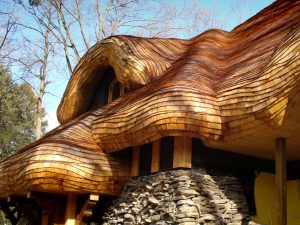
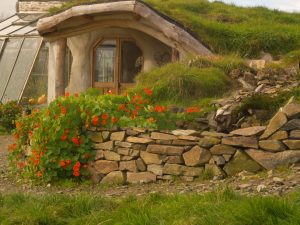
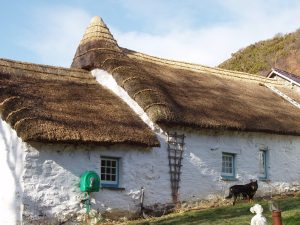
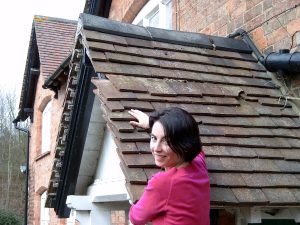
1 Comment
I’m wondering if there are types of living roofs that work in conjunction with solar panels? Specifically, are there plants that work well on roofs and in shade (underneath panels)?